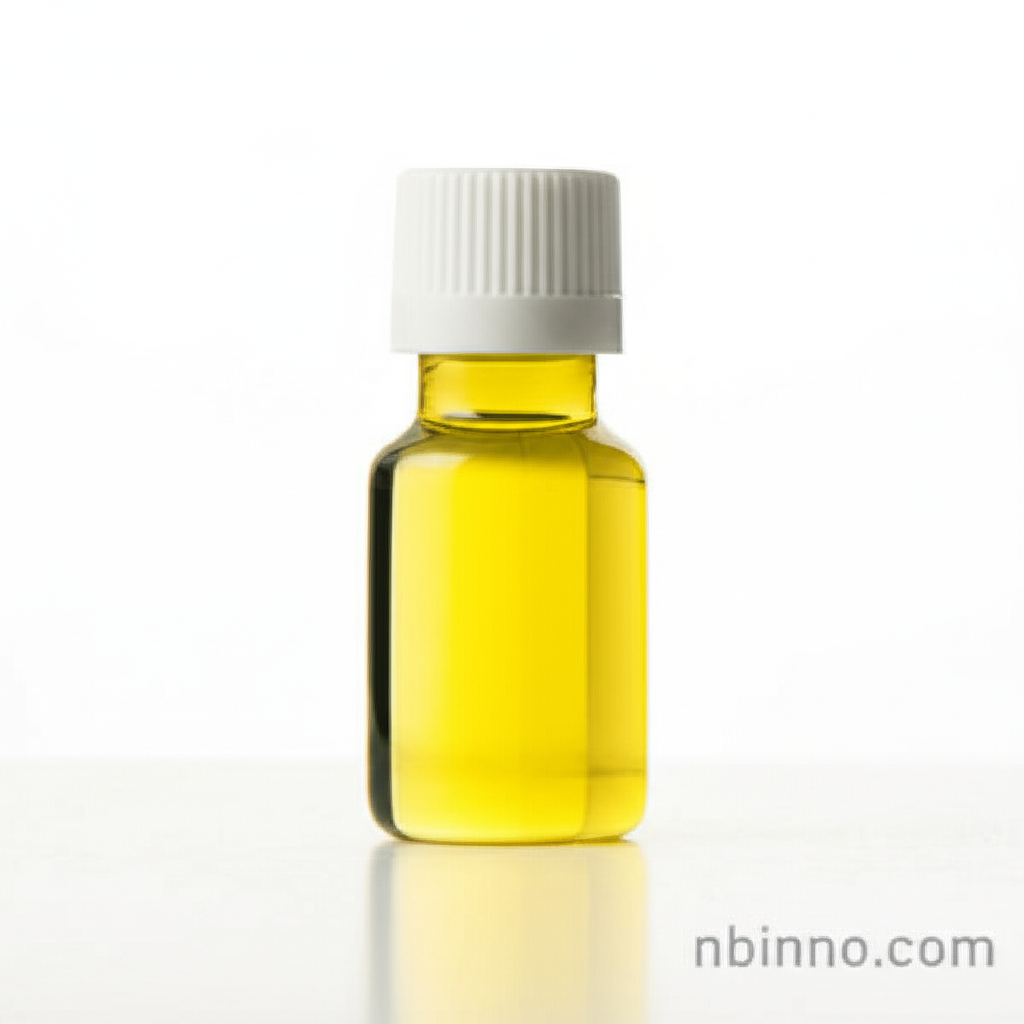N-Benzyl-tert-butylamine: Properties, Applications, and Synthesis for Chemical Research
Explore the essential characteristics and uses of this vital chemical intermediate in organic synthesis.
Get a Quote & SampleProduct Core Value

N-Benzyl-tert-butylamine
N-Benzyl-tert-butylamine (CAS 3378-72-1) is a crucial compound in organic chemistry, primarily utilized as a protected amine. Its key role lies in facilitating oxidation reactions to produce hydroxylamines and nitrones, making it an indispensable tool for chemists engaged in complex synthesis pathways. This intermediate is known for its effectiveness and reliability in achieving desired chemical transformations.
- Discover the detailed N-Benzyl-tert-butylamine properties, including its physical state and purity, essential for precise chemical reactions.
- Understand the key N-Benzyl-tert-butylamine applications in various synthetic routes, particularly its role in oxidation processes.
- Learn about the N-Benzyl-tert-butylamine synthesis methods, providing insights into its preparation and availability for research.
- Explore the safety aspects and handling guidelines associated with CAS 3378-72-1, ensuring safe laboratory practices.
Advantages of N-Benzyl-tert-butylamine
Enhanced Synthesis Control
Leverage N-Benzyl-tert-butylamine as a protected amine to achieve greater control over complex organic synthesis, facilitating selective reactions.
Facilitates Key Oxidations
This chemical intermediate is vital for aiding oxidation reactions, crucial for producing hydroxylamines and nitrones, thereby advancing research in medicinal chemistry and material science.
Reliable Purity Standards
With purity levels often exceeding 98%, N-Benzyl-tert-butylamine ensures consistent and reproducible results in your laboratory experiments and production processes.
Key Applications
Organic Synthesis
N-Benzyl-tert-butylamine serves as a critical building block in a wide array of organic synthesis processes, contributing to the creation of novel compounds.
Oxidation Chemistry
Its utility in promoting oxidation to hydroxylamines and nitrones makes it invaluable for researchers studying reaction mechanisms and developing new synthetic methodologies.
Protected Amine
As a protected amine, it allows for sequential functionalization, protecting specific amine groups during multi-step synthetic procedures.
Chemical Research
This compound is extensively used in academic and industrial research settings for developing new pharmaceuticals, agrochemicals, and advanced materials.
